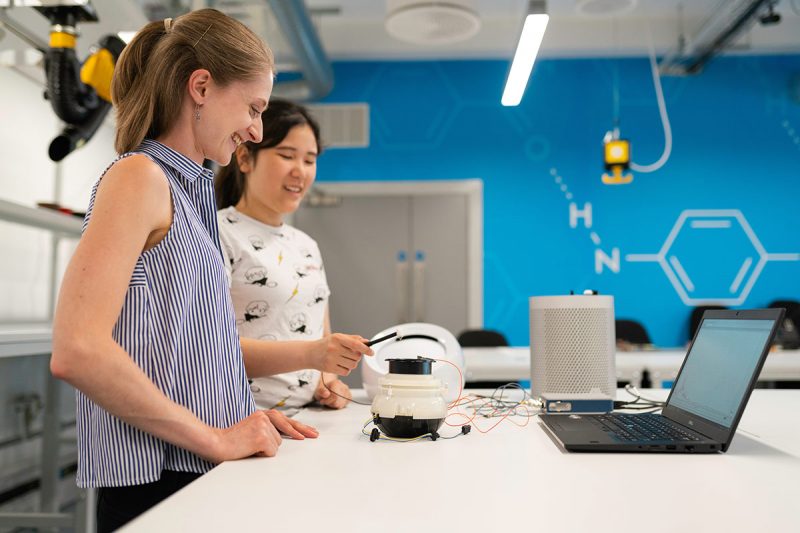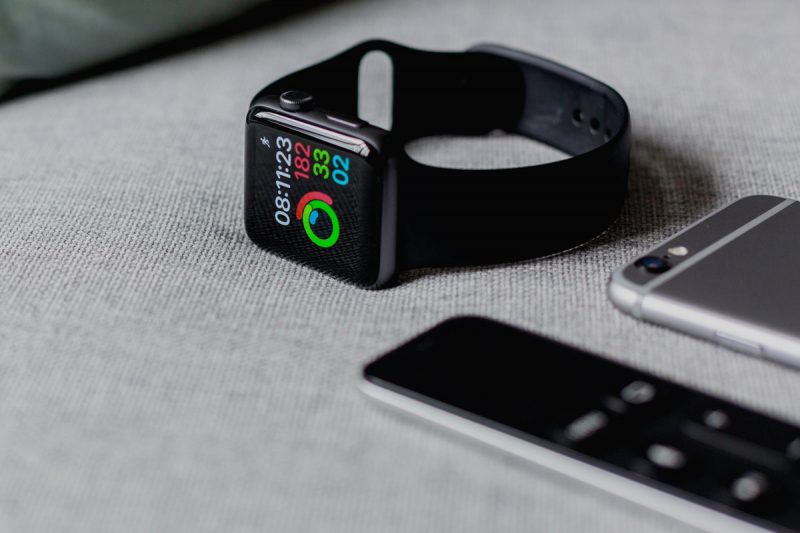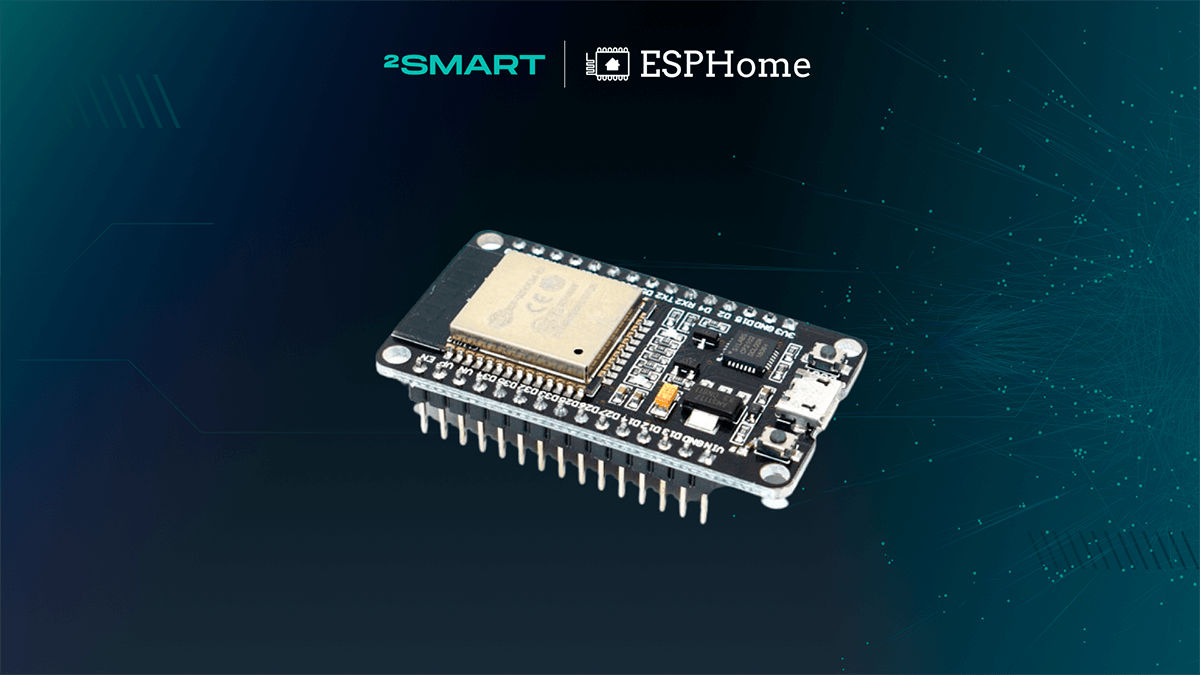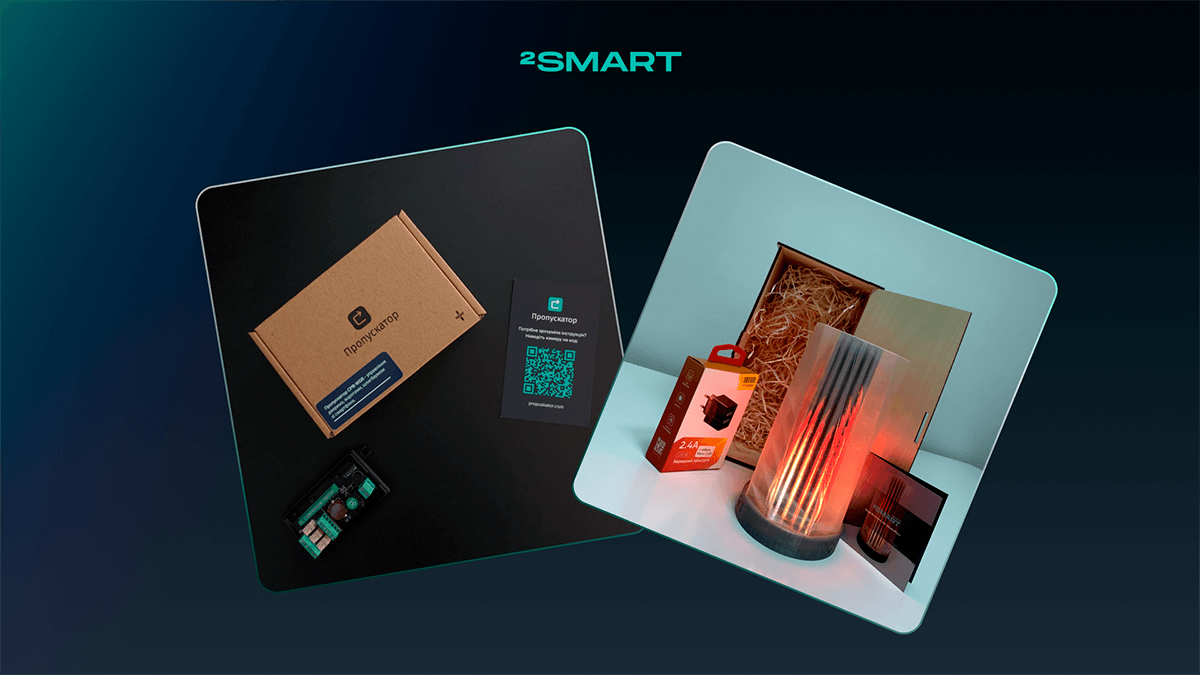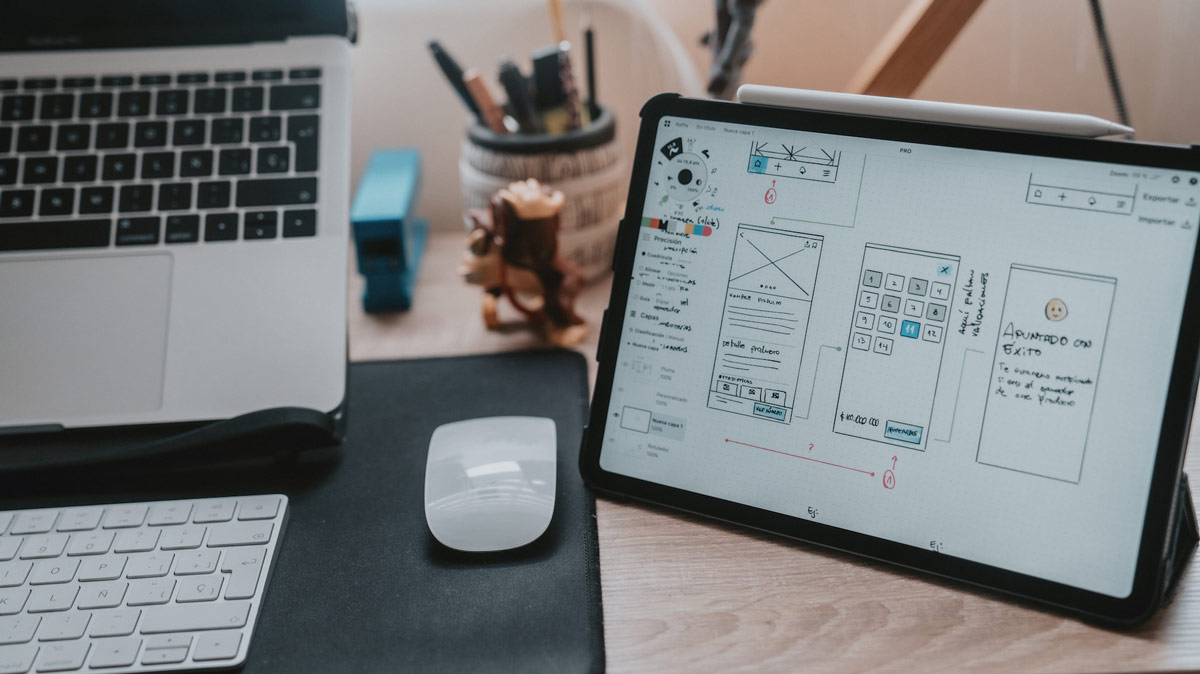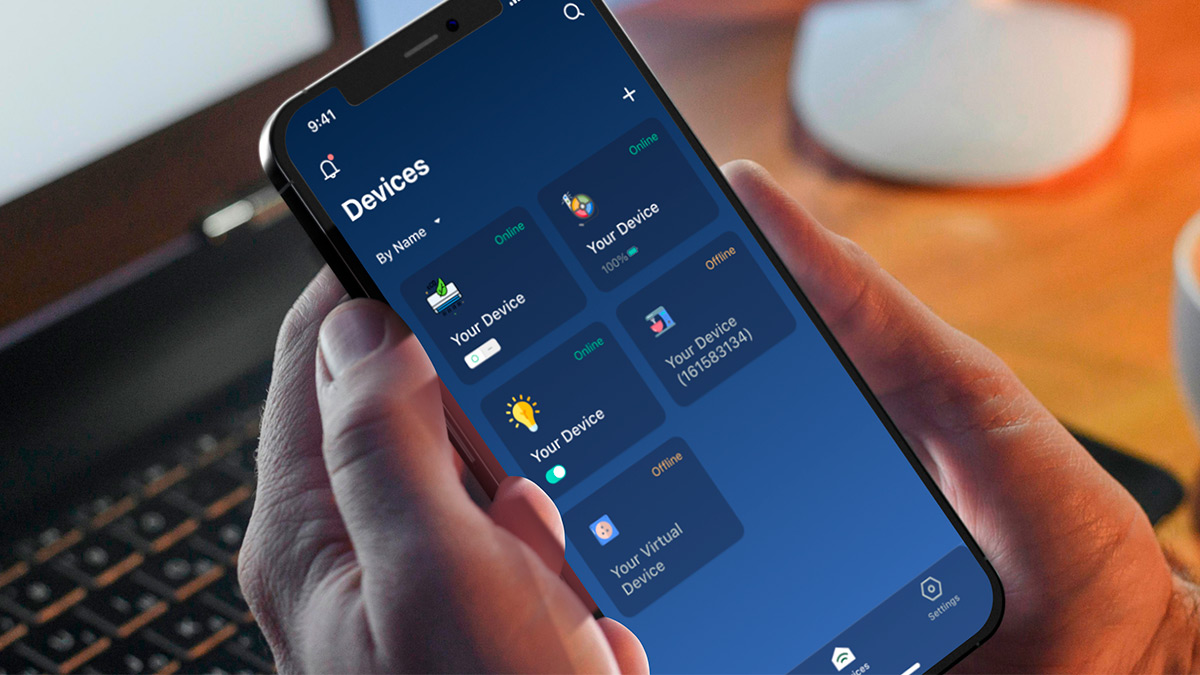Table of contents:
The world will never be the same after the pandemic and the new hybrid type of interaction between people. IoT in the consumer electronics market responds to this with new solutions. The global consumer Internet of Things market is expected to hit a $172 billion point by 2030, meaning it took the course of growth. What breakthroughs should we expect in the IoT and consumer electronics industry and what opportunities will they bring to businesses? Let’s find out.
Growth of IoT in the Consumer Electronics Market
The term IoT has been around since 2014 and in 2020 it had a turning point due to COVID-19. There are driving forces that fuel the market dynamics:
- Internet penetration
According to Statista, by the end of 2022, 5.3 billion people worldwide were using the Internet. At the current rate of growth in the number of Internet users, we can expect that in 2024, there will be a target of 6 billion people with access to the World Wide Web.
Geographically, Northern Europe takes the lead with a 98% internet penetration rate. By 2030, the user count is predicted to reach 7.5 billion people, which is 90% of 8.5 billion potential world inhabitants.
- 5G emergence
5G shakes the world by giving us lightning-quick download speeds, low latency, and more capacity and interconnection between billions of devices in virtual reality, the IoT, artificial intelligence, and machine learning.
In 2024, the development of 5G networks will continue, based on which the smart grid automation and the development of IoT solutions for such industries as smart cities, healthcare, video surveillance, and smart cars will continue.
- Wireless smart sensors on the rise
Using wireless smart sensors and networks is mainstream now, positively affecting the market. The growing IP address space and improved security solutions thanks to IPv6 also support the growth of IoT for the consumer electronics market.
- Area-based growth
China, India, and the US are the top three countries in terms of Internet users. In June 2023, the number of users in China was 1.079 billion. Additionally, the number of IoT devices is anticipated to triple from 9.7 billion in 2020 to around 29 million by 2030, where China will rip off the chunk of 5 billion consumer devices.
Other reasons include quick urbanization, changes in the way of living, bigger demand for data centers due to massive cloud platform adoption, and a sharp rise in investments.
Opportunities of IoT in the Consumer Electronics Market
The state funding for IoT-related R&D opens new horizons for the players of IoT in the consumer electronics industry over the next seven years. Supportive state regulations to encourage green buildings will further boost the market growth. Other aspects will only enhance the trend.
Beneficial partnerships
Providers develop different approaches to blending IoT technologies into electronics and encouraging IoT-capable electronic products by augmenting budgets. They also invest in developing IoT protocols that work with advanced consumer products, such as smart home appliances, wearables, HVAC systems, etc. This way, both IoT providers and consumer electronics manufacturers receive amazing business prospects.
Achieving a higher CAGR and good ROI
According to the Market Research Future report, by 2030, we’ll witness an 18% CAGR of IoT in the consumer electronics market. This shows a healthy and exponential growth of investments and promises good ROI for investors and stakeholders in this domain in the next eight years.
Sustainability and Green Internet of Things
One of the trends for 2024 is the use of renewable energy to power IoT devices, including consumer ones. We are primarily talking about solar and wind energy. Additionally, IoT device manufacturers are committed to using eco-friendly materials and manufacturing processes to reduce the environmental impact of their products.
The emphasis on sustainability and green IoT is becoming important both from the point of view of consumer demand and in connection with regulations and government policies in several countries worldwide. The image of a company that cares about the environment allows it to increase its market share today.
Examples of Using IoT in the Consumer Electronics Market
Nowadays, IoT is coupled with AI for a better customer experience. It unlocks multiple benefits for people. For example, in the health sector, medical device sensors, hospital medical management systems, and fitness trackers collect data and use it for medical advances.
Smart homes are also great examples of using IoT in consumer electronics. Domestic devices can communicate with each other. To illustrate, a dryer notifies someone on their iPhone that their clothes have been dried successfully. Nowadays, it is possible to connect washers, fridges, TVs, and home lighting to the Internet and manage them through smartphones or tablets using applications with a perfect IoT UX design.
So, what are the exact benefits of IoT?
Automation
People are already enjoying the opportunity to live an automated life, where the Internet and devices facilitate everything—from washing clothes to protecting homes. The technology is now reaching the point where devices track human behavior by recognizing faces and using Bluetooth signals and motion sensors. They will use this information to make appropriate home adjustments, like turning off the air conditioning when homeowners are away.
A brand-new level of customer experience
IoT technology in consumer electronics removes physical efforts and distance from the equation. The convenience of IoT devices brings free time, improved security, and a significant improvement in convenience.
Cost savings
IoT in the consumer electronics field can significantly save budgets as it informs the owners when using devices and appliances makes the most sense from the saving point of view.
Let’s collaborate
We’re empower your business with our technology expertise
Future Prospects of IoT in the Consumer Electronics Market
The future of IoT in the consumer electronics industry lies in more efficient data collection, tapping, and processing to allow devices and people to make informed decisions. This will make way for a bigger integration of AI and machine learning. Both promise to deliver even bigger value to the whole domain.
Machine learning decodes patterns from past data to be able to make valuable predictions. AI, a sub-branch of ML, helps mimic a human brain and learns to make decisions considering past scenarios and respond to current ones in real-time. Additionally, it trains machines to read and adapt to the environment to make intelligent choices in real-life scenarios. When integrated into consumer electronics, all of that provides incredible competitive advantages to manufacturers.
Additionally, compatibility is one of the challenges to tackle for the Internet of Things in consumer electronics. Certain devices cannot interact with each other or users’ tablets or smartphones. The reason is the absence of a unique coding language for IoT. This frustrates consumers, facilitating the evolution of IoT in consumer electronics.
Consider 2Smart as Your Trusted Partner
Is your company about to build IoT devices and integrate them into mass usage? 2Smart is here to help. We are a team that helps companies embed IoT technology into products and business processes. We bring your IoT-related ideas to life with a powerful and practical toolkit and supportive environment.
2Smart excels in building IoT devices from scratch. Once the product is made, it is connected to the 2Smart Cloud application and gets the other must-have features of IoT products. At every step of the process, you get consulting, documentation controls, quality control, and much more.
Enterprises may be interested in the functionality of the 2Smart Business Platform, which allows them to manage and monitor the entire fleet of IoT devices in one place. You can connect subsidiaries or share the platform’s functionality with partners and flexibly manage users and their roles in the system.
You don’t have to be a big manufacturer to use the 2Smart platform and build your product. DIY developers and even novice inventors can find custom business IoT solutions for projects of any type and size here.
Final Thoughts
The future of IoT in the consumer electronics market seems bright. It already fundamentally changes the way people live. The built-in consumer electronics technology brings about unprecedented convenience, which means more free time, independence, cost efficiency, and enhanced security.
AI and ML are already influencing people’s lives (Amazon, Netflix, Facebook, etc.). Devices powered by AI and ML provide a better customer experience by identifying our preferences. We are all bound to embrace the power of comfort and convenience coming with these integrations.
Today, any business can start developing an IoT product if they team up with a powerful and secure IoT development product service. These services typically come with ready-made solutions and flexible or customizable options to meet the client’s needs.
Are you ready to give it a try and create your own IoT product? Pitch your idea to us, and we’ll get back to you with a workable roadmap.
FAQ
- What are consumer IoT products?
Such products come from the user’s networks around their private and home devices. In this domain, the devices are interconnected with wireless technologies to share consumer data without any individual’s direct relation with each other or PC.
- What does the future of IoT in the consumer market look like eight years from now?
The future is bright for the IoT and the consumer electronics market: during the next decade, the market will reach $287.15 billion with a CAGR of 17.93% between 2022 and 2029, as Data Bridge Market Research states. These facts speak volumes about the potential of the market.
- What are the driving forces of the growth of IoT in consumer electronics?
Multiple aspects impact the IoT integration into consumer electronics. Among them are the mass penetration of the Internet, the emergence of 5G, and people and companies willing to go wireless. Also, quick urbanization, changes in lifestyle, increased demand for data centers, and a sharp rise in investments boost the market growth.
- How do I start building my IoT device?
Whether you’re a seasoned manufacturer, a newbie in the field that produces amateur ESPHome-based projects, or an innovator, you’ll need third-party expertise that usually comes with ready-made solutions based on market insights. Partnering with such an IoT device development company will save time and costs, minimize risks of failure, and make everyone involved happy.
Don't forget to share this post!
Read Next
Let’s dive into your case
Share with us your business idea and expectations about the software or additional services.


